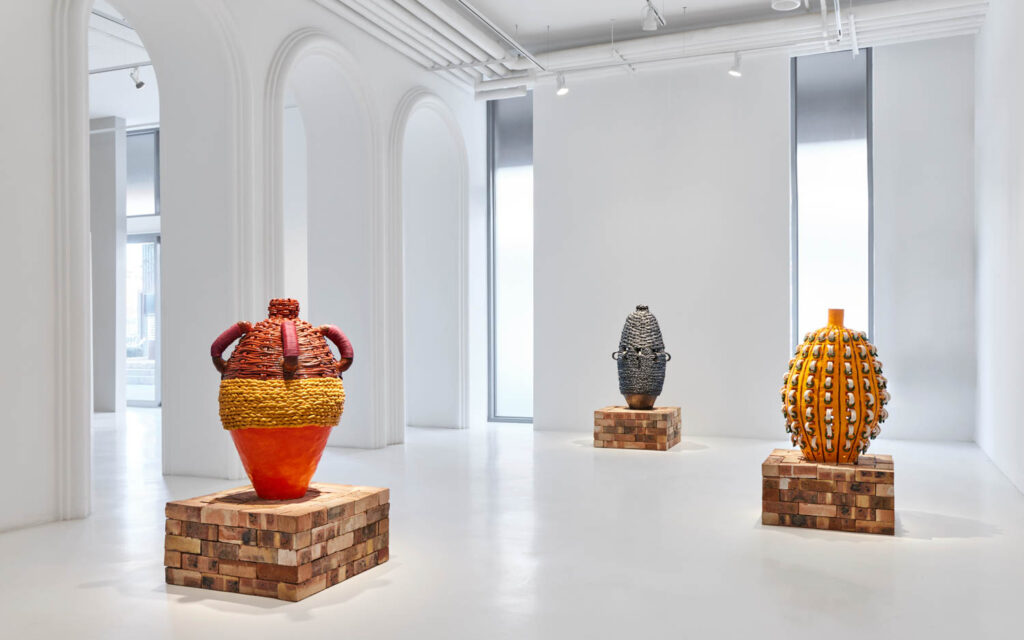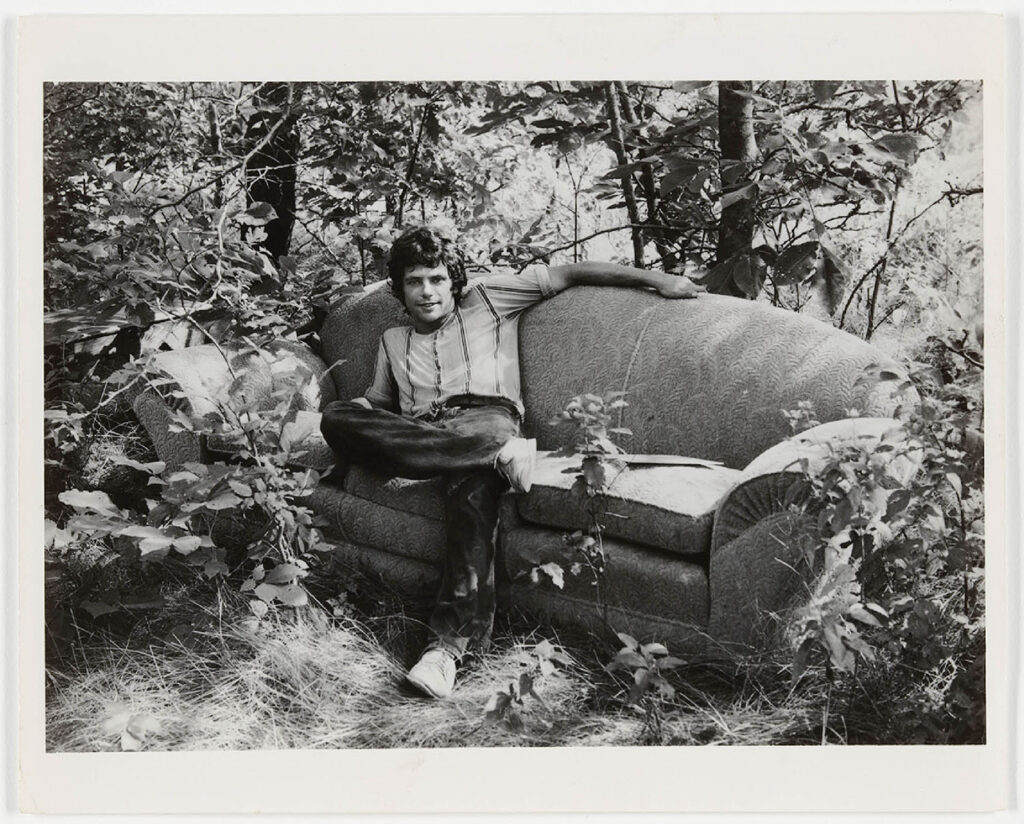Honor Those Who Fought For LGBTQ+ Equality At This Visitor Center
In 1969, homosexuality was a criminal offense in New York. Since every LGBTQ+ person was a potential criminal in the eyes of the law, queer gathering spaces were heavily surveilled, patrolled, and targeted by the NYPD. The Stonewall Inn in Manhattan’s West Village was among the most popular gay spaces, and the most policed. On June 28, after police raided the bar and used force on its patrons, which included many transgender people and drag queens, the community fought back. This uprising became known as the Stonewall Rebellion, sowing the seeds for annual Pride Month protests across the country and, soon, the modern queer civil rights movement.
Stonewall is proof of the way a space can change the world. And while a Stonewall bar still exists, it occupies only half the area of the original gathering place. The rest is now the Stonewall National Monument Visitor Center. Breathing new life into the structure, EDG Architecture + Engineering carefully excavated the building’s history, which opened to the public on June 28, 2024. “Part of the story is a kind of erasure of gay history,” says design director and principal Richard Unterthiner. Because of the police harassment, little documentation of the original bar architecture exists. “People weren’t taking photos,” he adds.
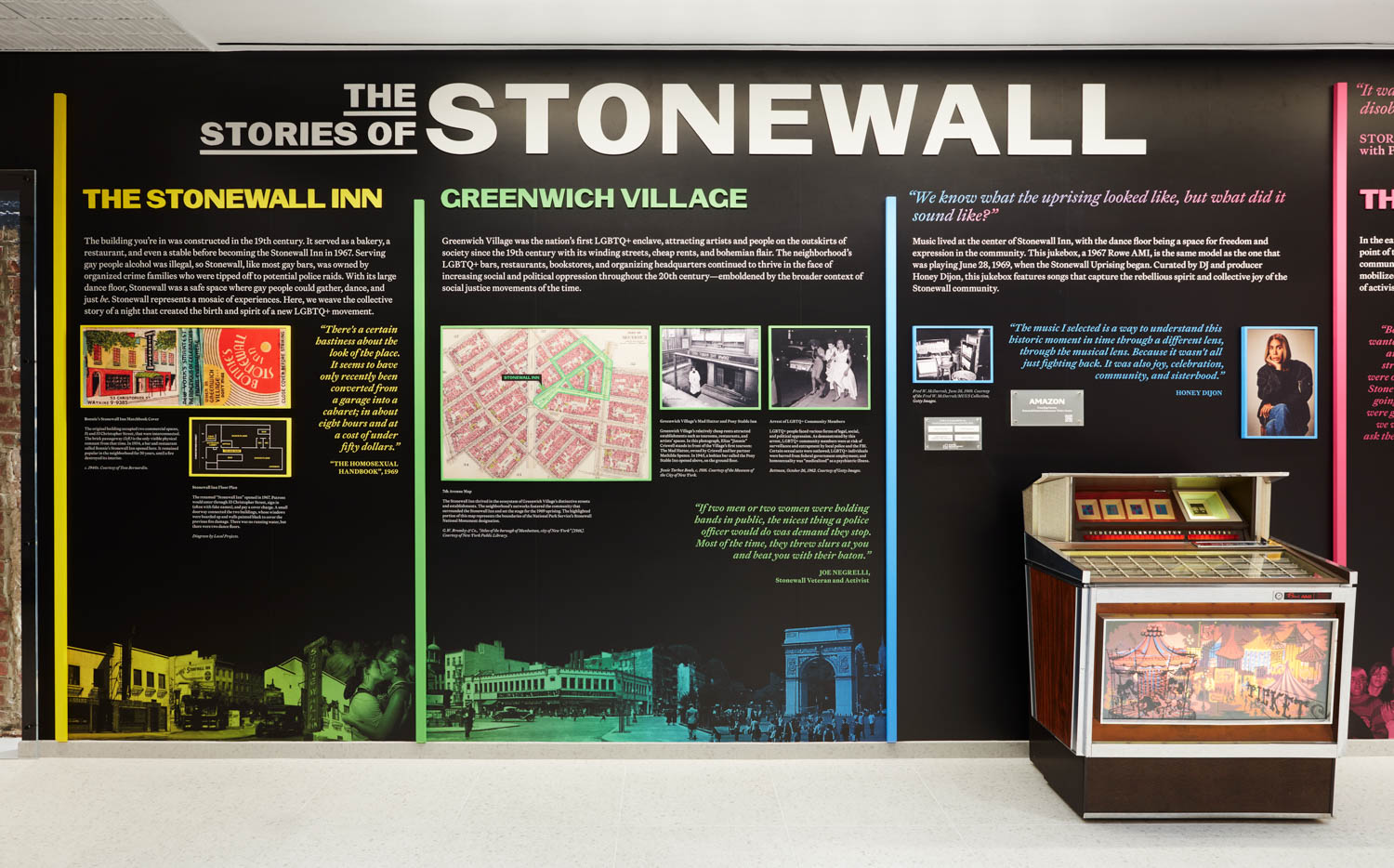
But the visitor center references several design touchstones—a footprint on the floor of the original bar is demarcated as an inlay in the center’s terrazzo floor. Fragments of the highly patterned tin ceiling are referenced in domes for light fixtures. The bar’s beloved jukebox returns with the exact same model, now programmed with a vibrant survey of queer sounds by nightlife fixture, DJ, and historian Honey Dijon. Importantly, an original piece of the passageway that connected the spaces is kept safe and in view. “It reminds us that Stonewall was a procession between spaces,” Unterthiner says. And an important part of the procession of gay history.
In terms of reimagining the space, EDG had some basic mandates: roof and sidewall repair, grading to make the space ADA accessible, creating some arched nooks for displays of historical and contemporary art exhibitions, and establishing an event space in the back. They kept a light touch on these interventions, enabling the historic details to shine. “We wanted to bring to the table something very elegant, clean, and quiet,” Unterthiner says, “that allowed the walls to really speak.” Now The Stonewall Inn’s history is loud and proud.
Explore The Stonewall National Monument Visitor Center
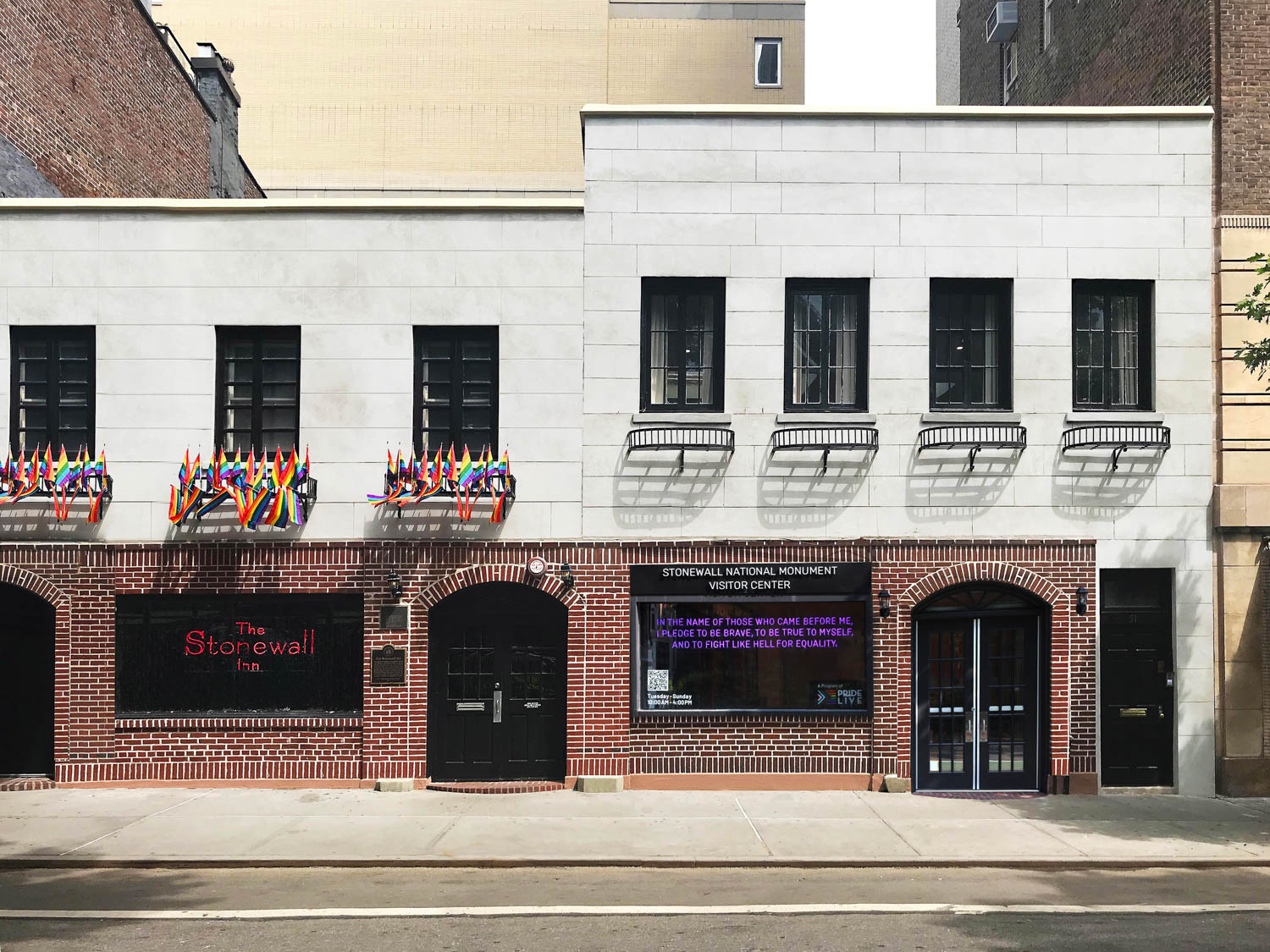
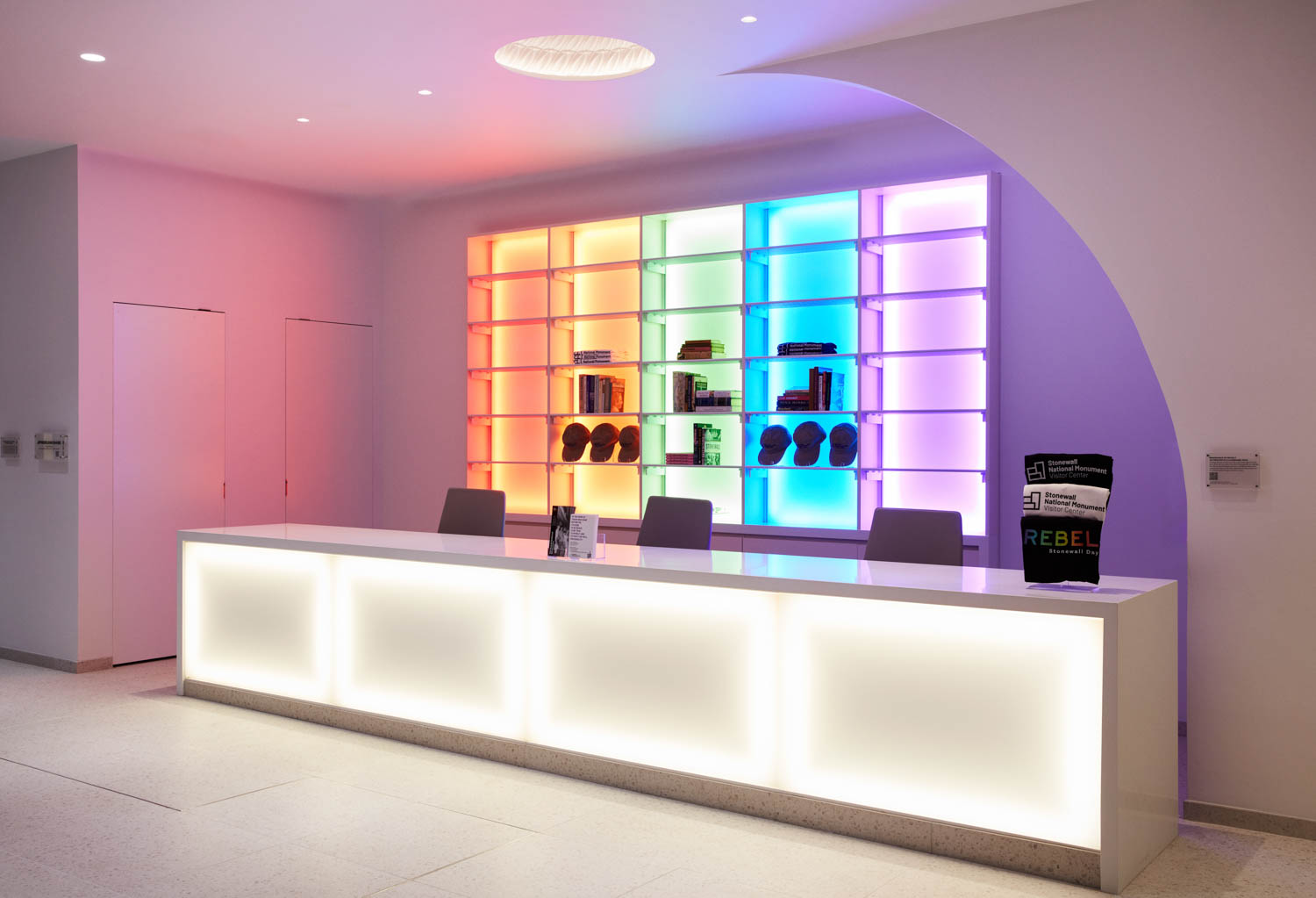
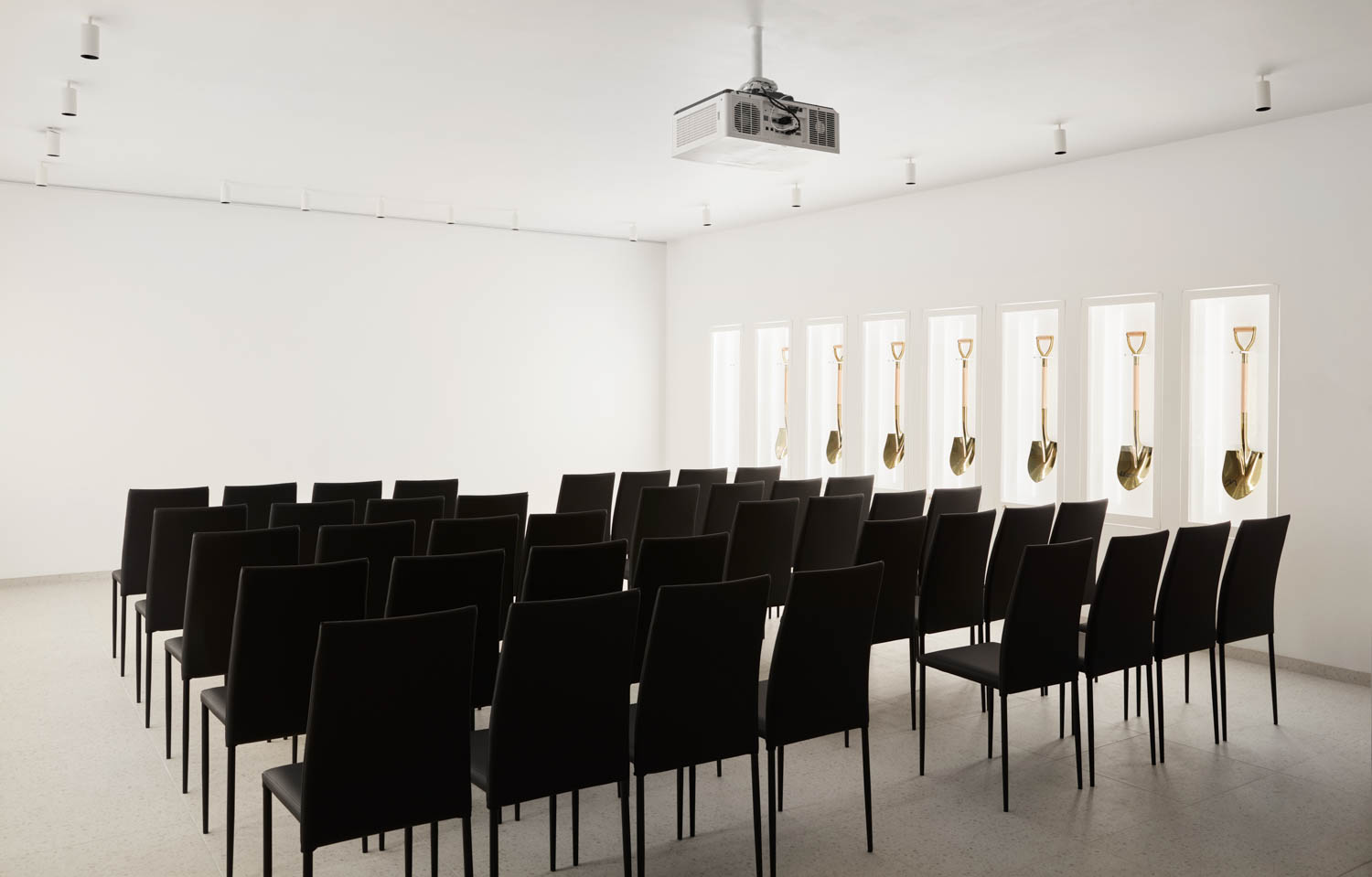
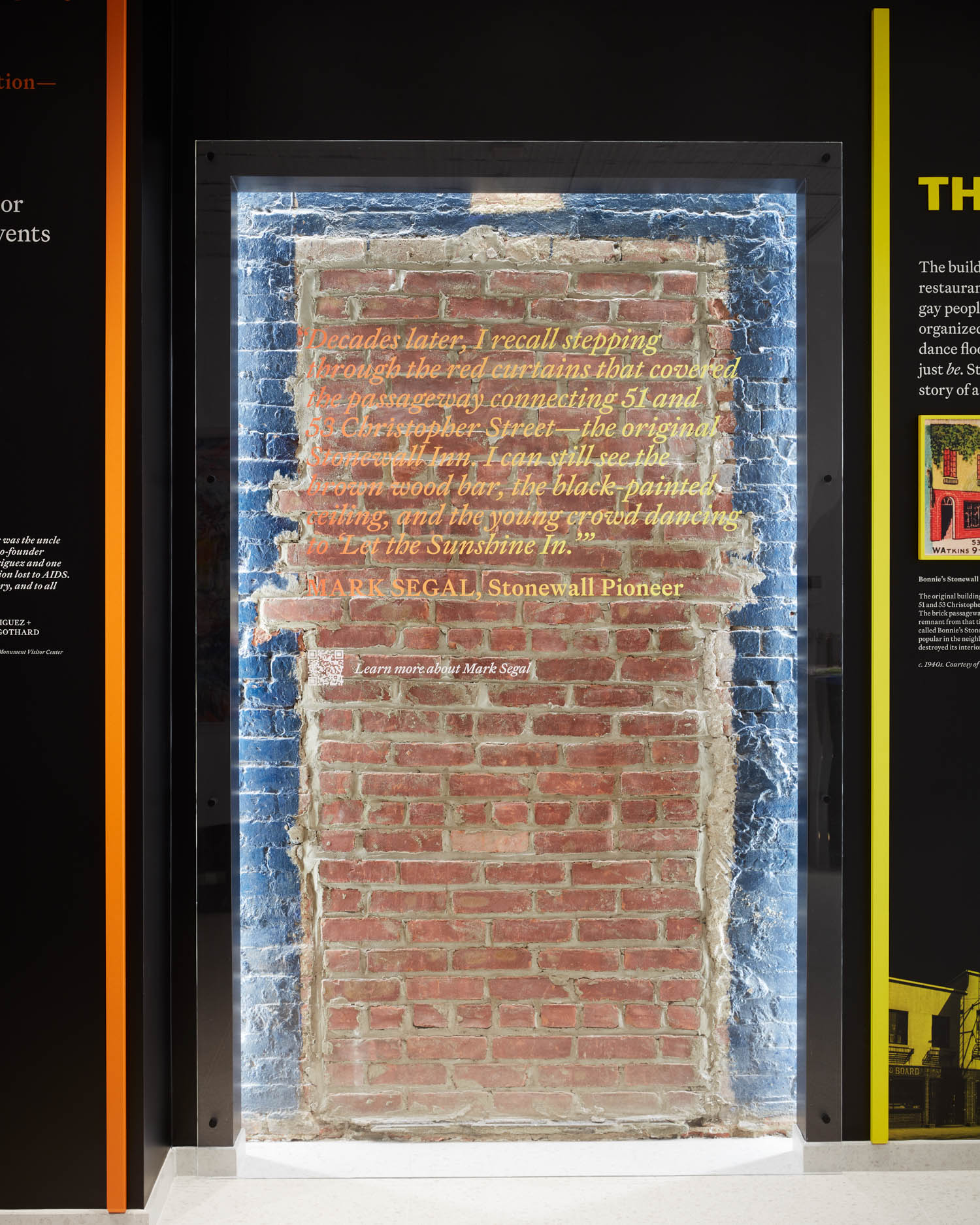
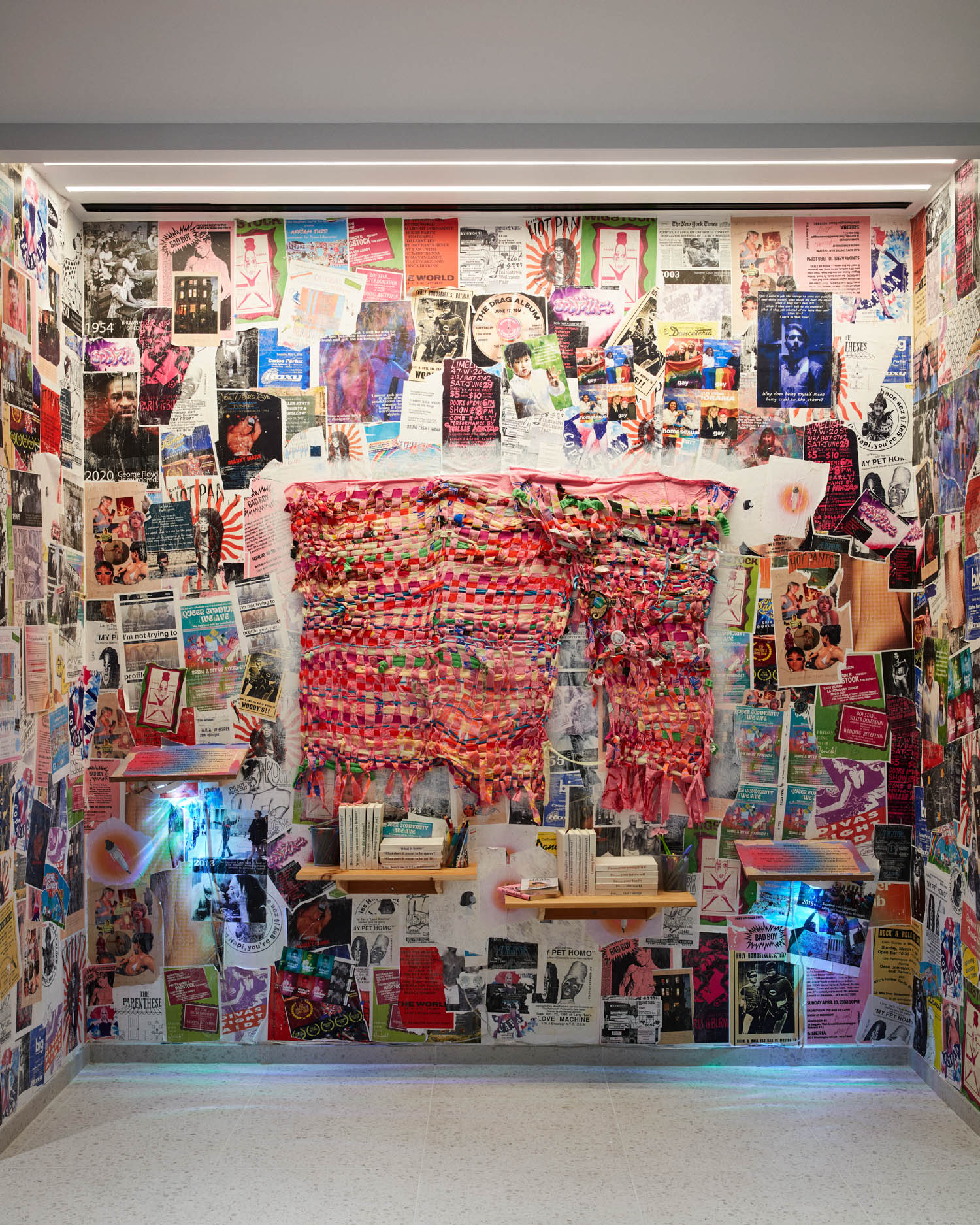
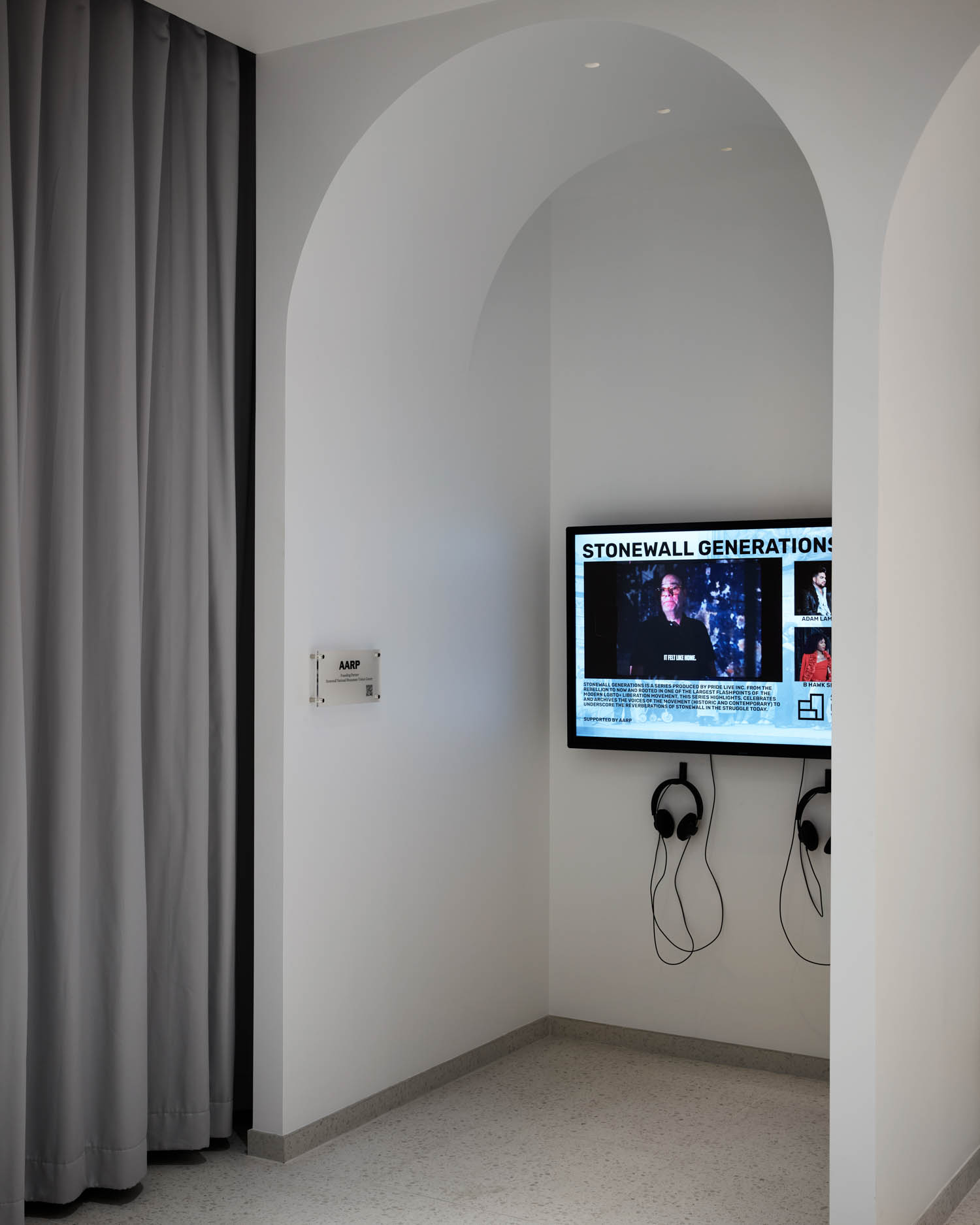
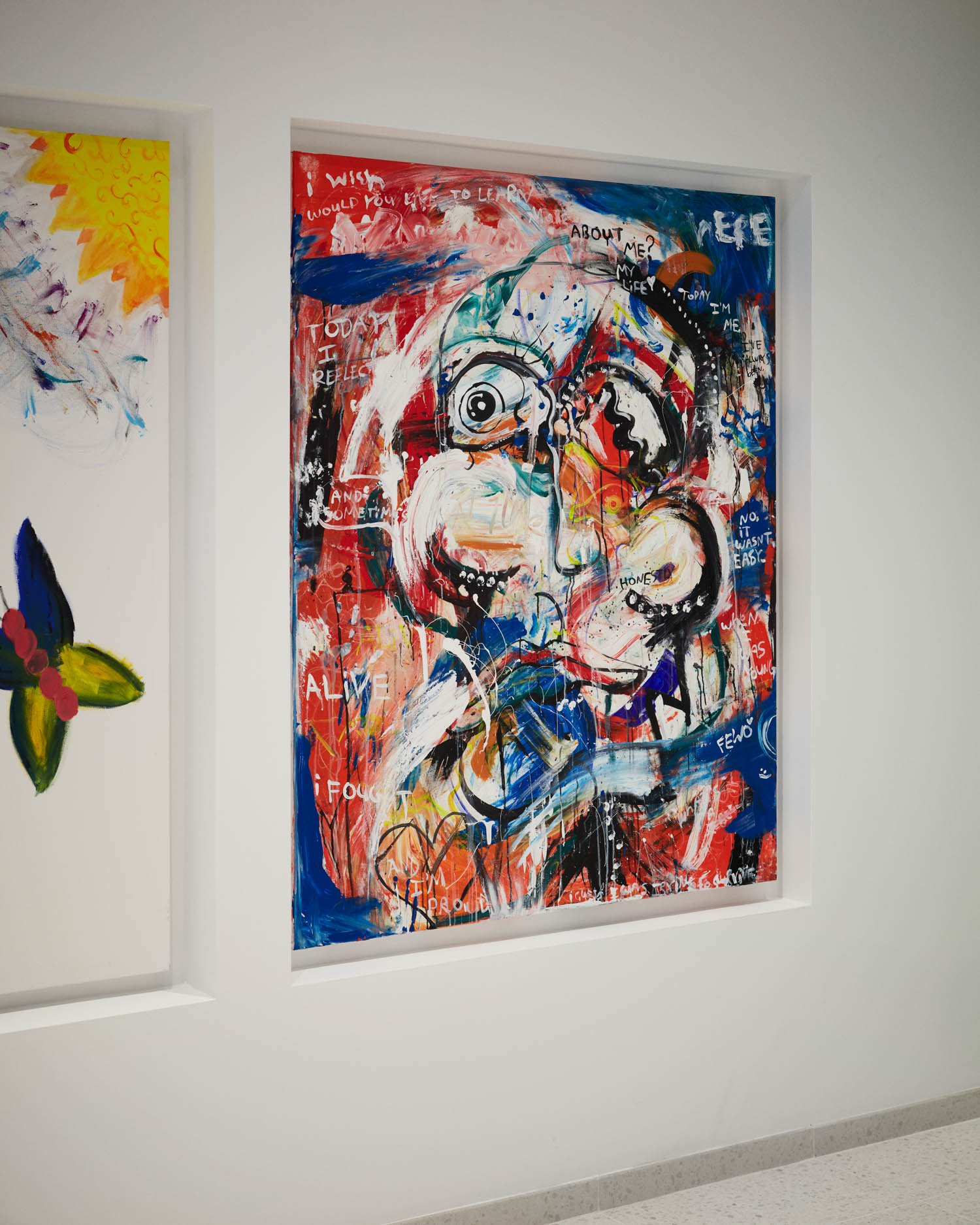
read more
DesignWire
10 Questions With… Zimbabwean Ceramicist Xanthe Somers
Zimbabwean ceramicist Xanthe Somers talks about her recent exhibition and how she examines political narratives through clay.
DesignWire
This Exhibit Pays Homage To Scott Burton’s Legacy
American artist Scott Burton’s important legacy is examined in the exhibit “Scott Burton: Shape Shift,” at the Pulitzer Arts Foundation in St. Louis.
